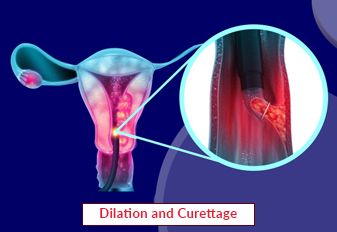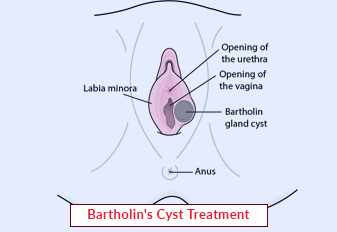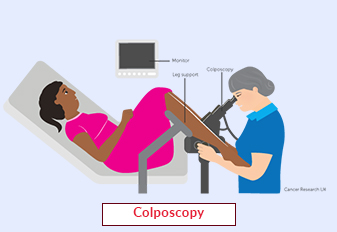Dilation and Curettage

Dilation and Curettage, commonly referred to as D&C, is a medical procedure performed on women to diagnose and treat various gynaecological conditions. It involves widening the cervix and scraping or suctioning out the uterine lining. D&C is a versatile procedure that serves both diagnostic and therapeutic purposes. In this article, we will explore the concept of Dilation and Curettage, its significance in women's health, and the conditions for which it is commonly performed.
Book an AppointmentAbout Dilation and Curettage
Dilation and Curettage is a surgical procedure that involves the dilation or widening of the cervix followed by the removal of tissue from the uterus. The cervix is gently opened using dilators, and a curette (a spoon-shaped instrument) is then used to scrape or suction out the uterine lining. The removed tissue is sent for further analysis to aid in diagnosis or to ensure complete removal of abnormal tissue.
Procedure of Dilation and Curettage
-
Preparation: Before the procedure, the healthcare provider will review the patient's medical history, perform a physical examination, and may conduct necessary tests such as ultrasound to evaluate the condition of the uterus. The patient may be instructed to refrain from eating or drinking for a certain period before the procedure.
-
Anaesthesia: Depending on the situation, D&C can be performed under local anaesthesia with sedation or general anaesthesia. The choice of anaesthesia will be determined by the healthcare provider based on the patient's comfort and the complexity of the procedure.
-
Dilation of the Cervix: The cervix is gently dilated using specialised instruments called dilators. This process helps create a passage for the insertion of the curette.
-
Curettage: A curette is carefully inserted into the uterus through the dilated cervix. The healthcare provider will scrape or suction the uterine lining to remove the targeted tissue. This step is performed with precision to minimise discomfort and ensure thorough removal.
-
Recovery and Follow-up: After the procedure, the patient will be monitored in a recovery area for a brief period. Pain medication may be prescribed to manage any discomfort. It is common to experience light bleeding or spotting for a few days following the procedure. The healthcare provider will provide specific instructions regarding post-procedure care and follow-up appointments.
Require Assistance?
Get A Quick Callback From Our Healthcare Experts






